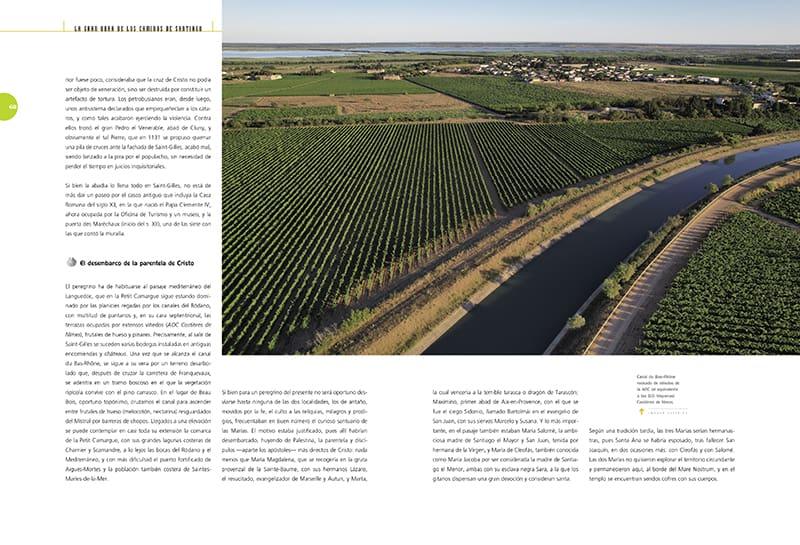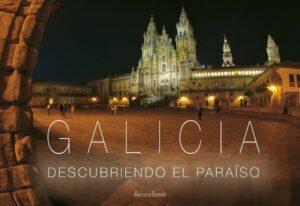Of the four main routes briefly indicated by Book V of the Codex Calixtinus, only two are really detailed by its author: the Tours route, used by pilgrims from the North and Northeast, and the Saint-Gilles du Gard route or the Toulouse route, today commonly called the Arles route.
As the historian Adeline Rucquoi explains, in medieval times pilgrims preferred the main communication routes that came from the Roman roads, safer and better maintained. Aimery Picaud, presumed author of Book V of the 12th century Codex Calixtinus, is not mistaken: the Via Turonensis and the Via Arelatensis were then more frequented routes than their counterparts, the Via Podiensis and the Via Lemovicensis.
The author relates the departure of these four routes with the great pilgrimage sanctuaries of his time: Saint-Martin de Tours, Sainte-Madeleine de Vézelay, Notre-Dame du Puy and Saint-Gilles-du-Gard. This mention is not insignificant: it would be about taking advantage of his pre-established auras to attract Christians to Compostela. The most illustrious sanctuary of the 12th century was undoubtedly that of Saint-Gilles which, according to Marcel Girault, attracted as many or more pilgrims as Compostela.
However, the admiration that the author passionately expresses for the city of Arles, marked by an inspiring concentration of relics of martyrs and saints, has led historians to take the ancient provincial capital of ancient Rome as their starting point.
On the other hand, Arles must be understood for its role as a crossroads. The Christian who came down from the Rhône valley to adore the relics of Caesarius, Trophimus and Honoratus could equally continue his spiritual journey towards Rome, following the example of the layman from Montpellier, Saint Roch, or follow the direction of the sun towards Compostela. The Via de Arles appears as a rope stretched between the Alps and the Pyrenees, between the Mediterranean and the Atlantic. It unites the Italian cradle of Christianity with the distant Spanish Finisterre.
If today the majority of pilgrims to Compostela in France start their journey from Le Puy-en-Velay, archaeological evidence and medieval archives tend to underline the predominance of routes from Arles and Tours.
The pilgrim of yesteryear visited regions increasingly western and unknown to him. Their worship of relics, which we consider naive to our modern eyes, was based on the deepest roots of humanity, on beliefs in magical virtues and powers of healing or good fortune through the invocation of mysterious powers.
LANGUAGE: Spanish
Coordination: Antonio Segundo Vázquez Portomeñe
368 pp.
22 x 30 cm
212 photos
2022
ISBN: 978-84-18966-61-3
Download catalog:














Reviews
There are no reviews yet.